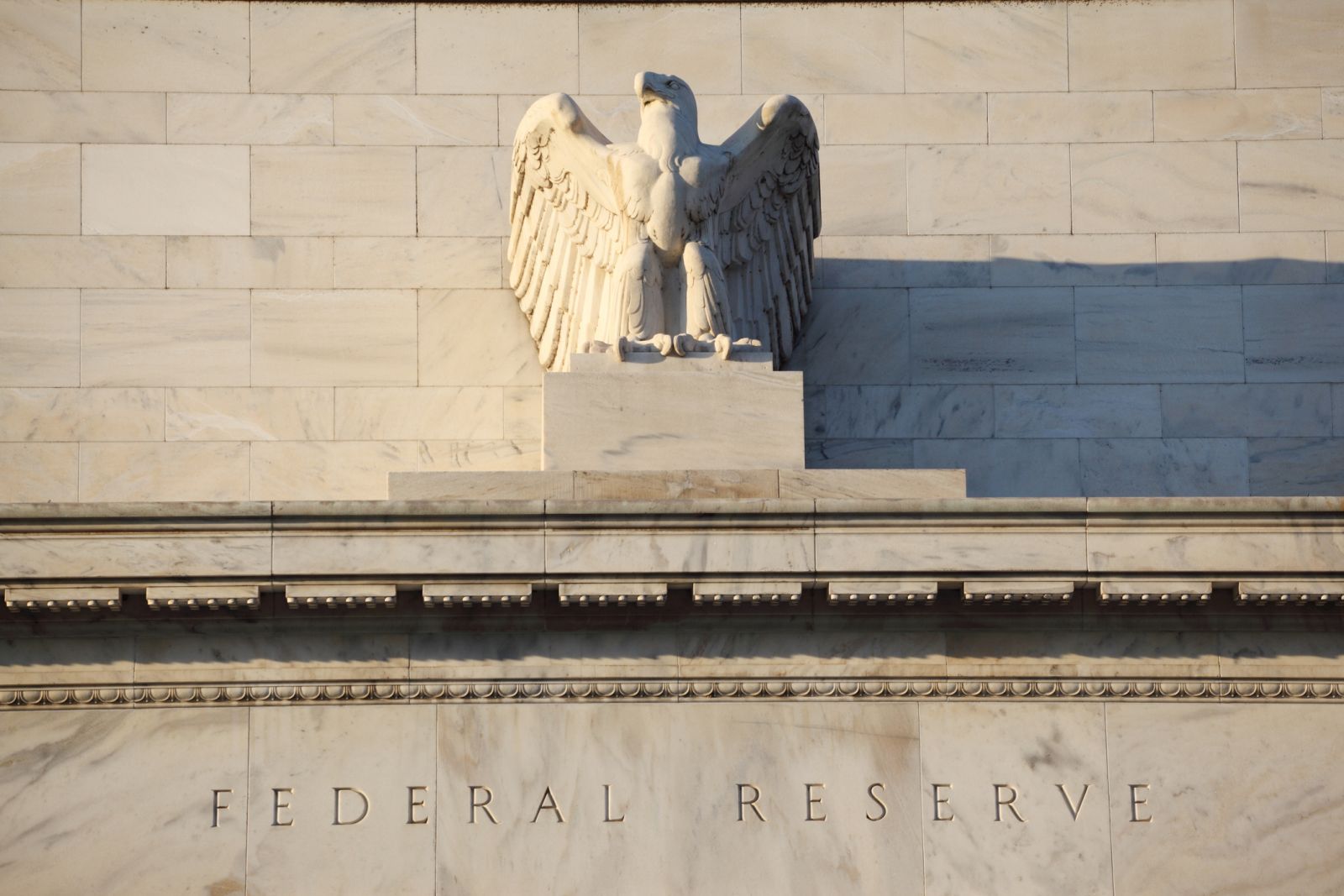
Today’s decline in the U.S. PCE deflator, the Fed’s preferred inflation measure, supported market expectations for Fed rate cuts in 2024. However, it remains to be seen if the market’s dramatic expectations for 1-1/2 percentage points of rate cuts in 2024 are justified. The markets are expecting a -25 bp rate cut at six of the eight FOMC meetings in 2024, starting with the March 19-20 meeting.
Today’s U.S. Nov PCE deflator fell to a 2-3/4 year low of +2.6% y/y from Oct’s revised +2.9% y/y and was weaker than expectations of +2.8%. Meanwhile, the Nov core PCE deflator eased to a 2-3/4 year low of +3.2% y/y from Oct’s revised +3.4% and was weaker than expectations of +3.3%. On a 3-month annualized basis, the nominal deflator rose by +1.4%, and the core deflator rose by +2.2%.
The key issue is whether the U.S. inflation figures will continue to decline. The Fed cannot start cutting rates until inflation has comfortably declined to its 2% target. The inflation figures currently remain well above the Fed’s 2% inflation target, with the nominal deflator at +2.6% y/y and the core deflator at +3.2% y/y.
FOMC officials in their latest set of projections, released on Dec 13, forecasted that the funds rate in 2024 will end the year at 4.6%, down by 50 bp from its September forecast of 5.1% and down by -73 bp from the current effective funds rate of 5.33%. FOMC members are then forecasting a further -100 bp cut in the funds rate in 2025 to 3.6%, and another -70 bp cut to 2.9% by the end of 2026. The FOMC views 2.5% as the longer-run federal funds rate that is compatible with long-term equilibrium, which would represent an overall -283 bp rate cut from current levels.
The markets, by contrast, anticipate a Fed rate cut of -147 bp in 2024 based on federal funds futures prices, which is roughly double the FOMC’s rate-cut expectation of about -75 bp.
The markets are expecting a faster rate cut than the Fed, mainly because the markets are looking for weak U.S. economic growth in the first half of 2024, which would put heavy pressure on the Fed to cut rates to prevent a recession. The market consensus is that U.S. GDP growth will ease to +0.5% (q/q annualized) in Q1-2024 and +0.4% in Q2-2024, barely avoiding a recession, before rebounding to the still-weak area of +1.0 to +1.5% in the second half of 2024.
Based on the current situation, there is no real debate that there will be Fed rate cuts in 2024, only the size of those rate cuts. The expected rate cuts should provide strong support for the stock market in 2024, even if the U.S. economy is decelerating.
However, this optimistic outlook depends on whether the inflation statistics rapidly ease to the Fed’s +2% target. If, by contrast, inflation is stickier on the downside than expected, then the Fed will not cut rates as quickly as expected, and the risks will grow for a U.S. recession in 2024, which would be a strong bearish situation for stocks.
More Stock Market News from Barchart
- Wall Street Expects This EV Stock Under $10 to Triple
- Stocks See Support as Weak U.S. Deflator Supports Fed Rate-Cut Expectations
- Do Stock Markets Go Up Over Time?
- Nvidia Is Still Deeply Undervalued - Short OTM Puts for Extra Income
On the date of publication, Rich Asplund did not have (either directly or indirectly) positions in any of the securities mentioned in this article. All information and data in this article is solely for informational purposes. For more information please view the Barchart Disclosure Policy here.



/Quantum%20Computing/A%20concept%20image%20showing%20a%20ray%20of%20light%20passing%20through%20cyberspace_%20Image%20by%20metamorworks%20via%20Shutterstock_.jpg)

/AI%20(artificial%20intelligence)/Artificial%20Intelligence%20technology%20concept%20by%20NicoEINino%20via%20Shutterstock.jpg)

/Oracle%20Corp_%20office%20logo-by%20Mesut%20Dogan%20via%20iStock.jpg)